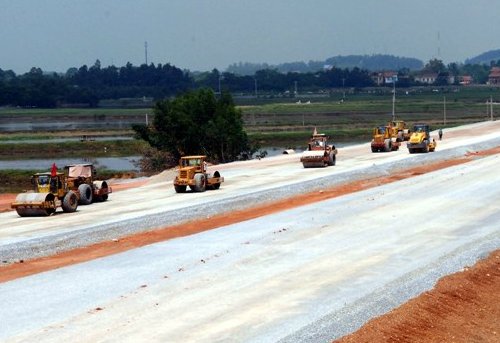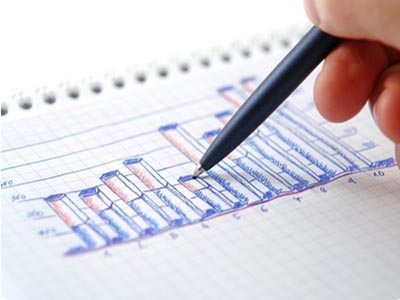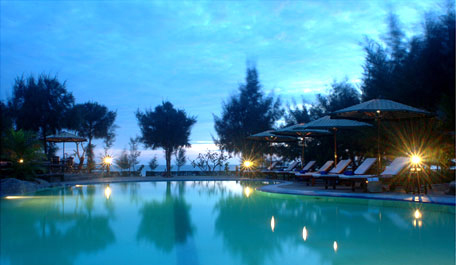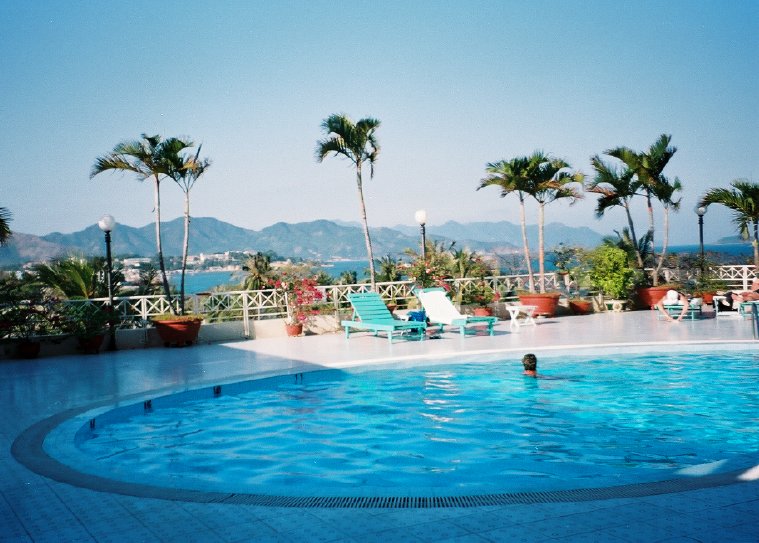INDOCHINA INTERNATIONAL CONSULTING CO., LTD
HO Add: 62L/36 Nguyên Hồng, Ward 11, Bình Thạnh District, HCMC - Vietnam
Biz Office Add: #48 Road No 11, Quarter 6, Hiệp Binh Chánh Ward, Thủ Đức, HCMC - Vietnam
®Source: http://viipip.com should be clearly quoted for any use of information extracted from our website.
Publication permit No: 60/GP-TTĐT , April 05, 2010.


MOC has submitted to the government a report on the building costs of 10 highways in Vietnam, pointing out that the investment rate is not as high as people think.
According to the ministry, from 2005-2010, the 4-lane highway in lowland areas cost $12.5 million per kilometer. The Gie – Ninh Binh, Lang – Hoa Lac, HCM City – Trung Luong, HCM City – Long Thanh – Dau Giay projects were implemented in the period.
The investment rate has been decreasing since 2010. The highway in the northern midland (Hanoi – Thai Nguyen and Hanoi – Yen Bai) cost $6.2 million per kilometre.
The figure is a little higher in the central region (Da Nang – Quang Ngai, Dau Giay – Phan Thiet) - $9.66 million. The highest investment, spent on the highways built in the areas with special geological conditions, such as the Ben Luc – Long Thanh one, is $25.8 million.
The watchdog agency said there are two important factors that determine highway building costs – costs for building bridges and tunnels and the costs to deal with the weak terrain. In the Ben Luc – Long Thanh project, for example, the investor had to spend money on big two cable-stayed bridges, namely Binh Khanh (2.76 kilometers) and Phuoc Khanh (3.18 kilometers).
As for the HCM City - Long Thanh – Dau Giay, the costs vary for different sections of road. The 30 kilometer section of road which goes through Dong Nai has a low investment rate of $9 million per kilometer. Meanwhile, another section had a much higher cost.
MOC, in its report, also cited figures about investment costs in other countries in the world released by EDCF, the Republic of Korea’s development cooperation fund, and JICA, the Japan International Cooperation Agency.
The 4-lane highway No 2 Busan project, which was put into operation in 2011, according to EDCF, had an investment rate of $19.16 million. This was also blamed on the weak terrain and the high proportion of bridges and tunnels, accounting for 72 percent of the total length of 15.26 kilometers.
According to JICA, the investment rate in Japan is five to 10 times higher than that in Vietnam - $39.6 million for every kilometer of Tomei highway, with just two lanes. Meanwhile, they spent $65 million a kilometer for North Kanto Highway, and $207 million for Nagoya Belt II.
MOC says it is unreasonable to compare the investment costs in Vietnam and other countries because of different conditions in different areas. Besides, the investment costs also depend on design standards and contractors’ and investors’ experience.
“Other countries have many years of experience in building highways, while the prices are stable. Meanwhile, the prices in Vietnam fluctuate all the time,” the report says.
- FDI capital continues to pour into Vietnam (6/11/2025 1:20:33 PM)
- Thanh Hoa receives good news: Preparing to have an additional industrial park of up to 470 hectares, creating jobs for nearly 30,000 people (6/11/2025 1:15:09 PM)
- Industrial Park Real Estate: Waiting for the New Generation of FDI (6/11/2025 1:10:15 PM)
- A wealthy Vietnamese city will have two special economic zones after the merger (6/11/2025 1:04:42 PM)
- 30 billion USD capital FDI in Việt Nam by 2025, a series of "ông big" races to expand the land fund (6/11/2025 12:55:26 PM)
- the 2nd largest city in the North will start construction on an international economic zone (6/11/2025 12:50:20 PM)
- Japanese giant Sumitomo continues to want to build an industrial park in the countrys fourth smallest province. (6/11/2025 12:40:45 PM)
- 3 foreign corporations want to invest billions of dollars in Ba Ria - Vung Tau (6/11/2025 12:34:30 PM)
- Lotte Group member starts construction of nearly 1,000 billion VND logistics center in the province with the most industrial parks in Vietnam (6/11/2025 12:33:26 PM)
- Forming a regional center for manufacturing spare parts and components (6/11/2025 12:24:08 PM)
- Vietnams first wafer factory is about to start construction (6/11/2025 12:19:09 PM)
- Dong Nai attracts foreign investors (6/11/2025 12:13:27 PM)
- Tay Ninhs largest industrial park welcomes a $150 million high-end knitted fabric factory project (6/11/2025 12:11:00 PM)
- (6/11/2025 12:09:10 PM)
- Vietnam will become a destination for Chinese investors in the future (11/6/2023 1:03:19 PM)

- FDI capital continues to pour into Vietnam
- Thanh Hoa receives good news: Preparing to have an additional industrial park of up to 470 hectares, creating jobs for nearly 30,000 people
- Industrial Park Real Estate: Waiting for the New Generation of FDI
- A wealthy Vietnamese city will have two special economic zones after the merger
- 30 billion USD capital FDI in Việt Nam by 2025, a series of "ông big" races to expand the land fund










 ADB: Vietnam’s 2009 GDP growth to be highest in South East Asia
ADB: Vietnam’s 2009 GDP growth to be highest in South East Asia MGM Grand Ho Tram: Vietnam’s First ‘Las Vegas Style’ Integrated Resort
MGM Grand Ho Tram: Vietnam’s First ‘Las Vegas Style’ Integrated Resort Nha Trang’s Twin Towers project licenced
Nha Trang’s Twin Towers project licenced Foreign investors still have good opportunities in Vietnam
Foreign investors still have good opportunities in Vietnam Sierra Wireless gets a foot in Vietnam’s ICT market
Sierra Wireless gets a foot in Vietnam’s ICT market